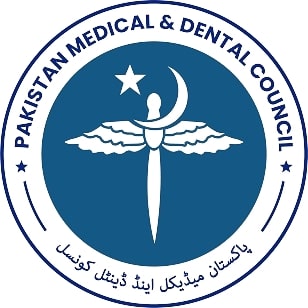RISK OF NON-HEALING IN ISCHEMIC VERSUS NEUROPATHIC DIABETIC FOOT ULCERS IN RELATION TO GRADE, STAGE OF INFECTION AND TREATMENT PROTOCOL: A FOLLOW-UP STUDY
DOI:
https://doi.org/10.59058/jaimc.v21i1.121Keywords:
Diabetic foot ulcer, Neuropathy, Ischemia, Neuro-ischemic foot ulcer, Wound infectionAbstract
Background & Objectives: Diabetic foot ulcer (DFU) is a potentially crippling consequence of diabetic foot
disease. Aim of this study was to determine the risk of non-healing in ischemic as compared to neuropathic
diabetic foot ulcers in relation to its grade and stage of infection.
Methods: This prospective non-interventional study was conducted from July 2019 to February 2020 in
Diabetes Management Center, Services Hospital Lahore Pakistan. Patients presenting with DFU were
assessed for neurological and vascular status in the lower limbs. Ulcer grading was determined by Wagner's
and Texas classification. Patients were followed up to 2-6 months for healing status of the diabetic foot ulcer.
Results: Of 132 patients, 97 (73%) patients presented with neuropathic ulcer and 35 (27%) were having
ischemic ulcers. Most participants were aged between 40-59 years. Based on Wagner's ulcer classification, it
was observed that patient with score 2 had three times more likely to have their ulcer healed compared to
those with score 1 and 3 [OR =3.09(95% CI:0.62-15.38, P=0.17)]. Kaplan-Meier survival curves showed that
healing pattern among ischemic ulcer is considerably better compared to neuropathic foot ulcers. The
evidence of equal survival hypothesis using Log-rank (Mantel Cox) test was statistically significant
(p<0.001). No statistically significant difference in healing pattern through time was found across Wagner's
scoring categories.
Conclusion: Peripheral neuropathy was the commonest pathology underlying DFU presenting at our
tertiary level diabetes clinic. Early detection of neuropathy and timely foot care may help prevent ulceration
with its often-grave consequences.
Downloads
Published
How to Cite
Issue
Section
License
Copyright (c) 2023 Hafiza Ammarah Sadiq, Mehwish Iftikhar, Rajia Liaqat, Amna Rizvi, Azhar Hussain, Muhammad Ijaz Bhatti, Ahmed Zafar khan, Aysha Zafar, Fatima Javed

This work is licensed under a Creative Commons Attribution 4.0 International License.
The articles published in this journal come under creative commons licence Attribution 4.0 International (CC BY 4.0) which allows to copy and redistribute the material in any medium or format Adapt — remix, transform, and build upon the material for any purpose, even commercially under following terms.
-
Attribution — You must give appropriate credit, provide a link to the license, and indicate if changes were made. You may do so in any reasonable manner, but not in any way that suggests the licensor endorses you or your use.
- No additional restrictions — You may not apply legal terms or technological measures that legally restrict others from doing anything the license permits.
The editorial board of the Journal strives hard for the authenticity and accuracy of the material published in the Journal. However, findings and statements are views of the authors and do not necessarily represent views of the Editorial Board. Many software like (Google Maps, Google Earth, Biorender (free version)) restricts the free distribution of materials prepared using these softwares. Therefore, authors are strongly advised to check the license/copyright information of the software used to prepare maps/images. In case of publication of copyright material, the correction will be published in one of the subsequent issues of the Journal, and the authors will bear the printing cost.









